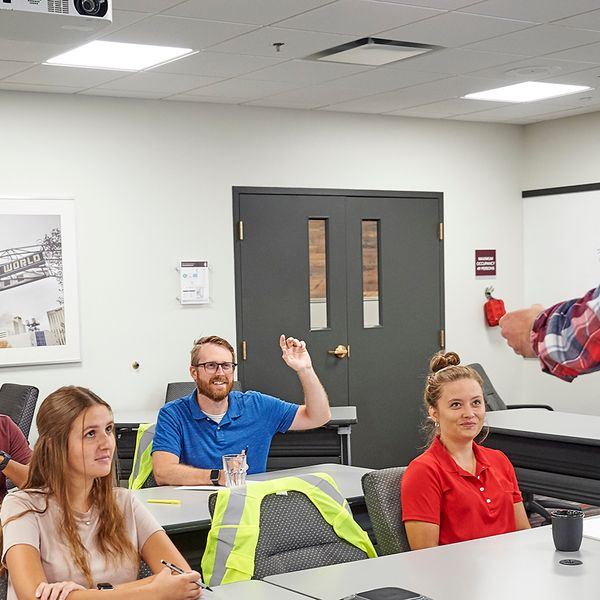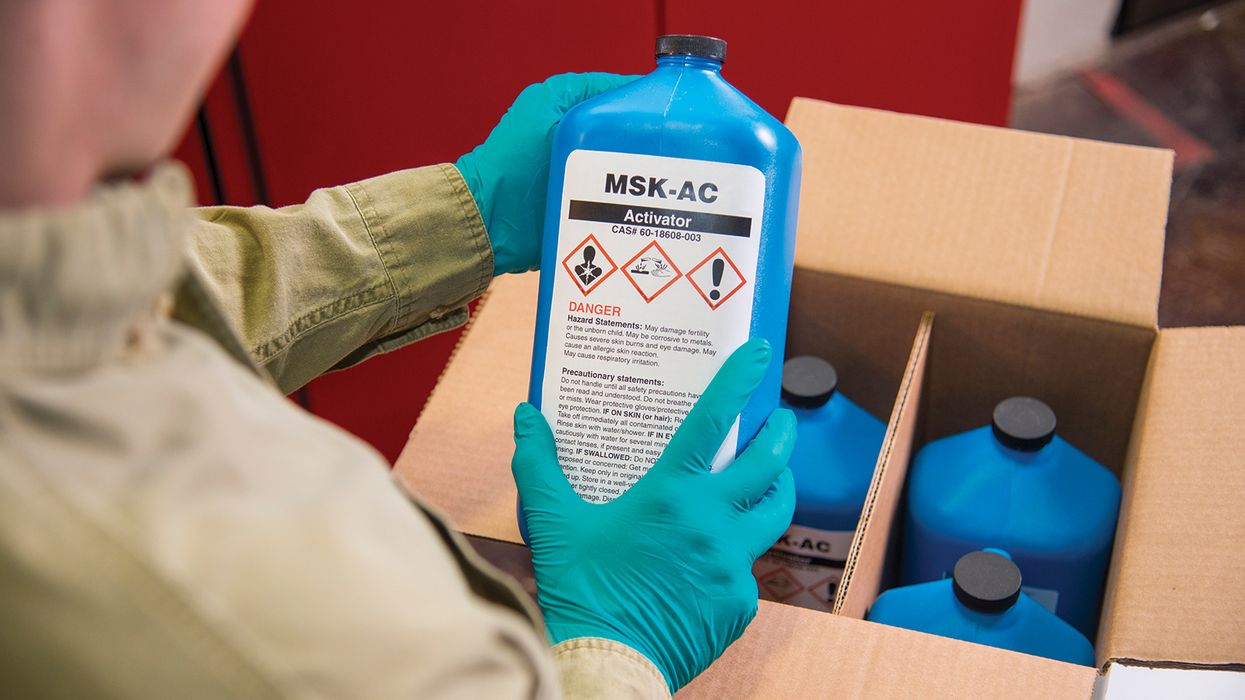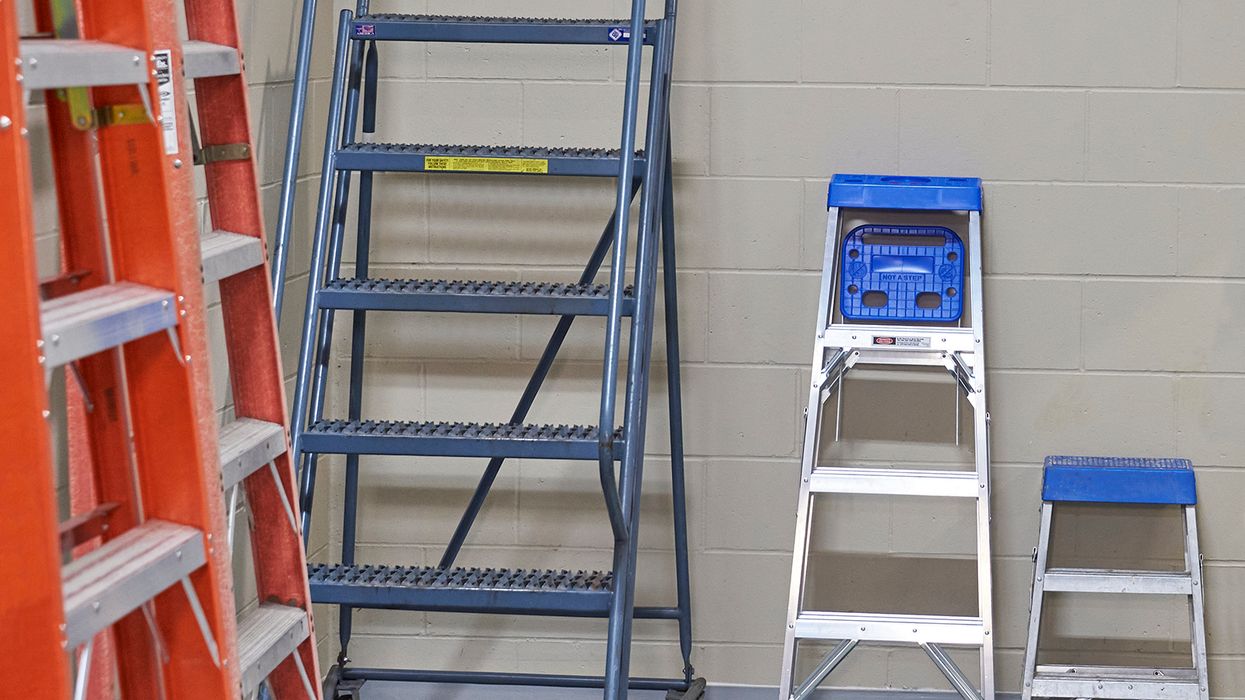Winning at Safety: Promoting leading indicators in your safety culture
Tired of watching employees ignore safety rules or take unnecessary risks on the job? You’re not alone. It can be frustrating to see workers cut corners or act like safety is someone else’s problem, especially when the consequences of an injury could affect not just their work, but their personal lives too.
How often do you find yourself thinking, “There’s got to be a better way to get people to care about safety?” Well, here’s an idea: make safety fun. Try gamifying your safety initiatives.
In today’s workplace, traditional compliance-based safety programs are being replaced by more proactive, engaging strategies. One of the most exciting innovations is the use of gamification — applying game-like elements to encourage safe behavior and promote leading indicators of safety.
And here’s a stat to consider in 2024, the global gaming industry generated over $184 billion in revenue. Gaming is clearly a major part of our culture—so why not tap into that enthusiasm and bring it into the workplace?
What Are Leading Safety Indicators?
According to OSHA, leading indicators are proactive, preventive, and predictive measures that help you gauge how well your safety and health programs are working. In simpler terms, they’re the actions and behaviors that can help prevent injuries or illnesses before they happen. This is different from lagging indicators, which only track incidents after they’ve already occurred — when someone has already been hurt.
Common examples of leading indicators include:
- Near-miss reports: Reporting incidents that could have caused harm but luckily didn’t’.
- Safety observations: Identifying and actively reporting unsafe conditions or behaviors.
- Participation in safety training: Attending and engaging in safety-related education.
- Toolbox talks and safety meetings: Participating in regular discussions about safety topics.
- Preventative inspections and audits: Conducting routine checks of equipment and workspaces.
- Corrective actions taken: Mitigating recognized hazards before they result in harm.
- Employee safety suggestions: Contributing ideas for improvement.
How can gaming help promote the use of leading indicators?
The term gamification involves applying game design concepts — like points, levels, challenges, and rewards — to non-game situations. In the workplace, this means upgrading routine safety tasks into interactive experiences that motivate employees to participate actively. The key is to make safety behaviors visible, measurable, and rewarding.
While OSHA does not explicitly endorse gamification, the Agency does emphasize the importance of worker participation and engagement in safety programs. Gaming concepts can be a powerful tool to increase that engagement. By making safety activities more interactive and rewarding, gamifying aligns with OSHA’s goal of fostering a proactive safety culture.
Here’s how safety managers can gamify leading indicators:
- Points and rewards: Assign points for each leading indicator action like submitting a near-miss report or attending a safety meeting. Points can be exchanged for rewards or recognition.
- Challenges and quests: Create weekly or monthly safety challenges. For example, challenge teams to complete five safety observations or conduct a peer-to-peer safety check.
- Leaderboards and badges: Track and display progress publicly. Recognize top contributors with digital badges. You can even come up with fun titles, such as “safety superstar of the month.”
- Progression and levels: Develop a tiered system where employees can “level up” by consistently engaging or actively participating in safety activities, moving from novice level to expert level.
- Feedback loops: Provide immediate feedback when safety actions are taken including acknowledging contributions with positive recognition including thank you messages or progress updates.
Key to remember: Gamifying safety is not just about having fun; it’s about making safety initiatives more engaging and meaningful. When done right, it turns routine compliance into active involvement.




























































